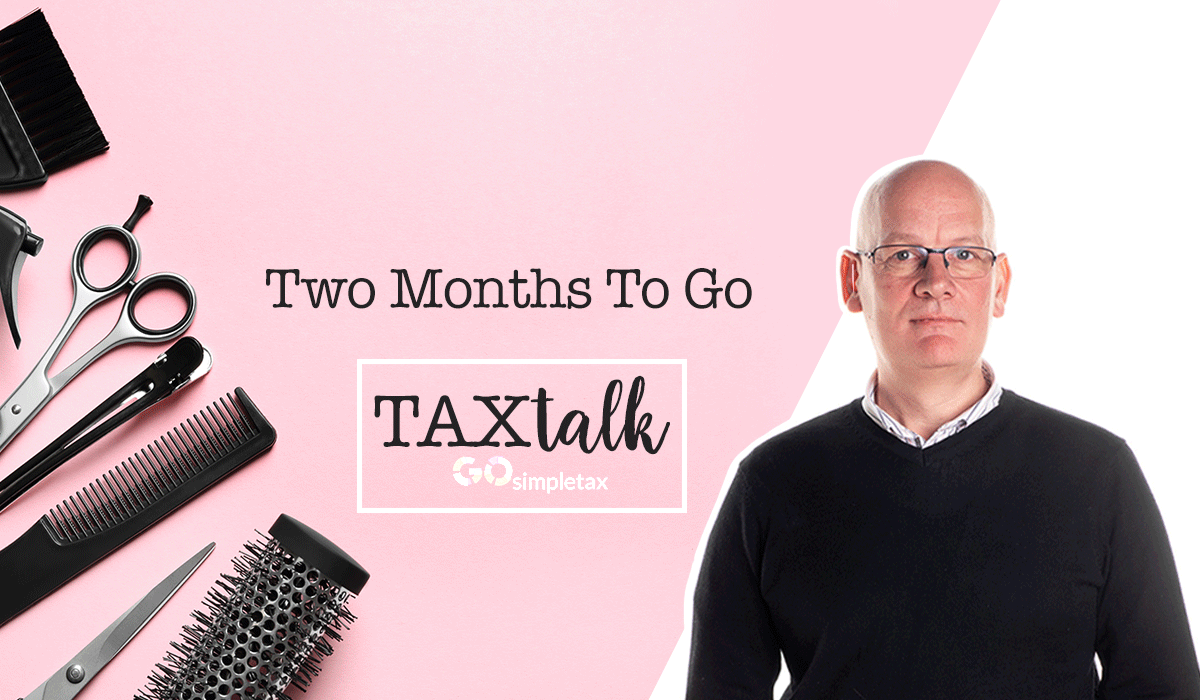31st January is a date that’s ingrained in the minds of many self-employed hairdressers. It’s the day you dread, but one not to be forgotten – the deadline for submitting your self-assessment tax return.
Earlier this year, HMRC took the unprecedented step of pushing the deadline back to allow people more time to file their tax returns. This obviously took into account the pressures being faced by self-employed workers as a result of the coronavirus pandemic.
While many took advantage of the extra 28 days to complete the lengthy form, don’t fall into the trap of thinking that the same will happen again in 2022 – it won’t. Last year’s extension was a one-off due to exceptional circumstances, but as the economy has got back onto its feet, and salons have been open, uninterrupted, since April, the chances of any further dispensation are remote.
As with any deadline, timings are everything. Research carried out by GoSimpleTax showed that 50% of self-employed people file their tax return in January ahead of the 31st deadline, despite having 10 months since the end of the last tax year to complete it, with 10% leaving their self-assessment form until deadline day itself. While January’s extension made this approach a little more acceptable, the impending deadline will not be quite so flexible.
The key is to make the self-assessment process as simple as possible for yourself. From knowing when the deadlines are to the right amount you need to set aside for your tax bill. With the clock ticking, and just over two months until the deadline, it’s important for all self-employed workers to make sure they submit on time – but get started as soon as possible – to avoid any penalties.
The easiest thing to do is to think about it in six parts: do I need to submit a self-assessment? When do I need to fill it in by? When and how do I register? What sections apply to me? What expenses can I claim on? And, finally – the most important part – how do I pay my final tax bill?
If the answer’s yes to filling out a self-assessment (for example, your self-employed income was more than £1,000 in 2020/21, or your taxable income from employment was over £100,000 during the same period), then you need to register for a self-assessment tax return via HMRC, which, in turn, will send you a Unique Taxpayer Reference (UTR) – a 10-digit number you’ll need to be able to submit your return. If you’re doing it online, then you’ll need to set up a Government Gateway account that will enable you to submit your return which can take 10 days to arrive and pay your bill – always paid in arrears for the tax and not the calendar year – by midnight on 31 January 2022.
If you address each point carefully, and in plenty of time, the 31st January online deadline will come and go pain-free!
Mike Parkes is Technical Director at GoSimpleTax – the online tax return and self-assessment software.





